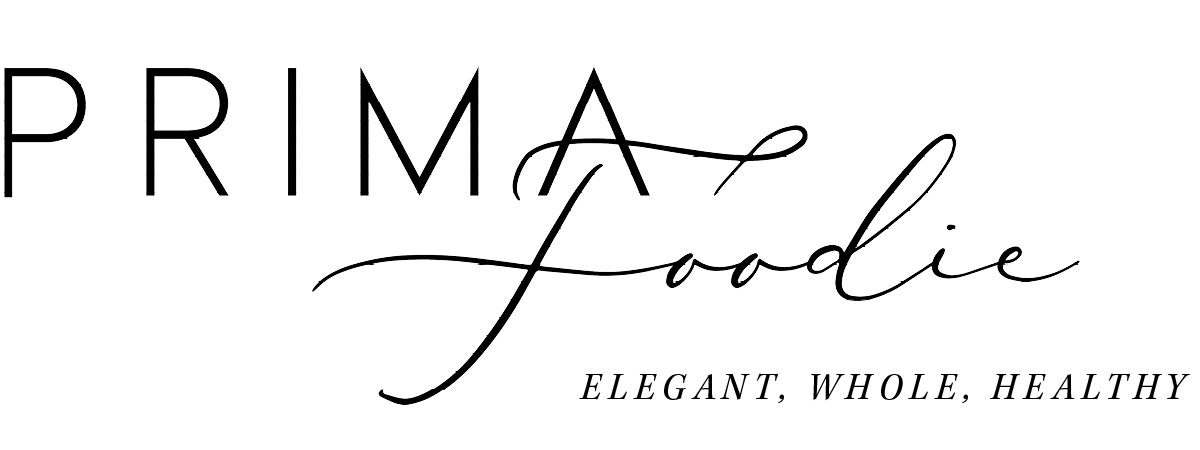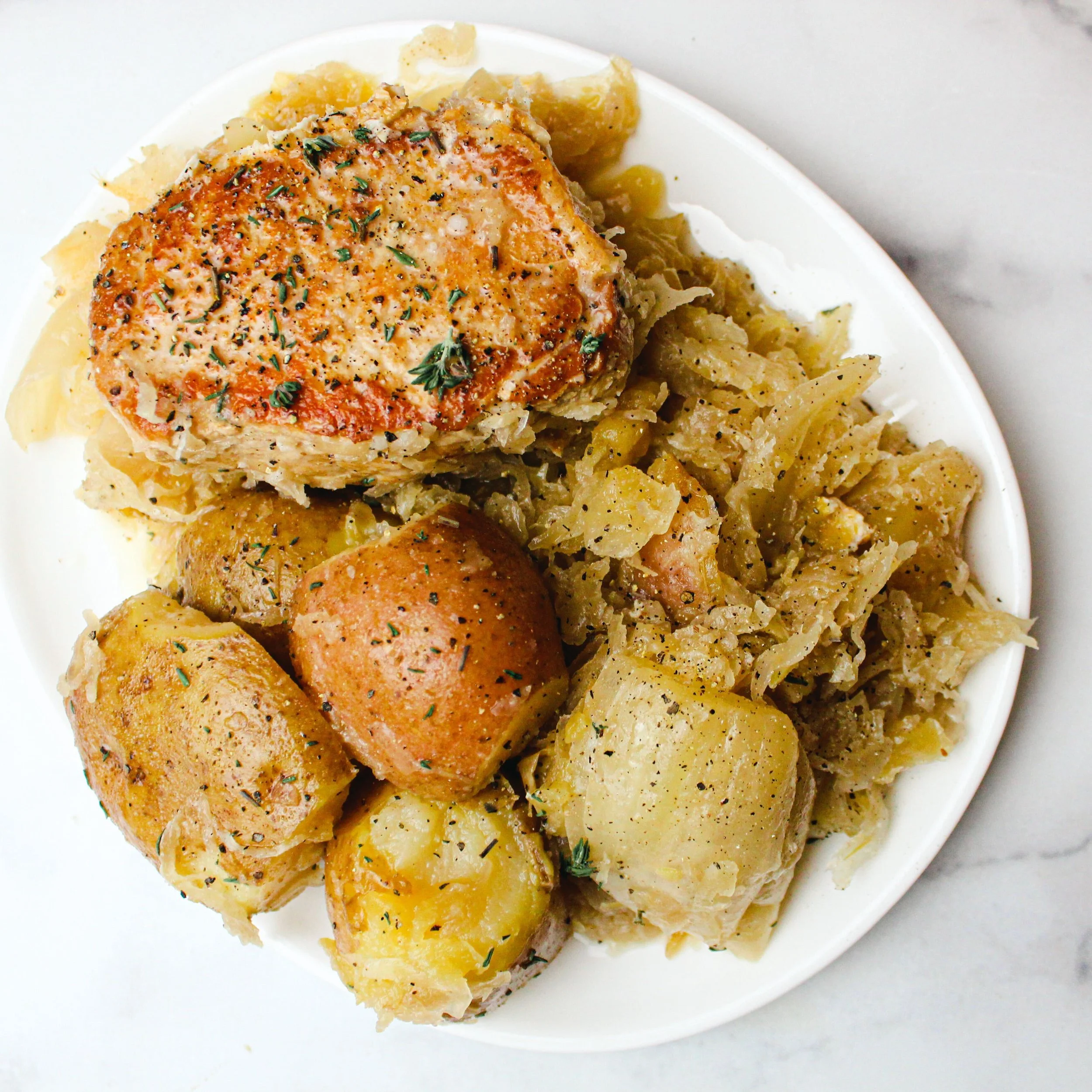Olive oil is one of the most popular kitchen staples. “In most of our pantries is a bottle of olive oil, “says Alison Carroll, founder of the California-based olive oil company Wonder Valley. Still, like so many staples, this golden liquid is a mystery. We might douse it on our salads and in our pans, but how much do we know about where it comes from and—most importantly—how to spot a high-quality one? Here, we break it all down.
Olive Oil 101
Olive oil is the bright, often golden, sometimes green liquid that comes from pressing the olive fruit. It’s deemed oil and used and treated as such, but olive oil is technically a fruit juice. Used for centuries as a means of cooking, dressing, and adding depth and flavor to dishes (some historical records date its use to 2000 BC), olive oil is beloved for its fruity taste and abundant healthy unsaturated fats.
What are the different types of olive oil?
Extra virgin, light, cold-pressed—there are various types or “grades” of olive oil. Mostly, these modifiers are linked to when the olives are harvested and how the juice is extracted and handled. But there’s so much more here, including incredible flavor, smell, and feel.
A quick note on acid: Olives naturally have fatty acids. One of the main types is called oleic acid, which makes up the majority (70 to 80 percent) of olive oil. A true extra virgin olive oil has a lower acidity than other olive oils, generally below 2 percent.
Extra Virgin Olive Oil
The gold standard for olive oil, extra virgin is touted as the tastiest, purest form. When oil is deemed extra virgin, it means it’s the first pressing from the olives (sometimes olives are pressed several times to extract the most juice), and the juice has been extracted using a cold-pressed method—a chemical and heat-free process. Once extracted, the juice is then kept pure, and never heated, pasteurized, or refined. Extra virgin olive oil is usually the fruitiest, most peppery olive oil with the lowest natural acidity. A true high-quality olive oil has no defects, such as poor taste or “fustiness,” fermentation that happens from a lack of oxygen.
*PrimaNote: Extra virgin olive oil is the only type we choose. Still, quality can vary when it comes to extra virgin olive oil. That’s because there are no regulated standards for stating an oil is such. As Carroll says, lab analysis and a professional taste panel determine quality. “And because of this subjective science, many oils can unjustly label a defective/ lower quality oil as extra virgin.”
Olio Nuevo
This is a type of extra virgin olive oil that comes from the very first olive harvest of the year. These olives are super young and green, giving olio nuevo varieties a bright green color and a strong peppery taste. This is touted to have the highest levels of nutrients, including polyphenols.
Virgin olive Oil
Virgin olive oil is still supposed to be high quality from the first pressing of an olive. It’s also unrefined. The difference from an extra virgin is that a virgin oil often has some defects.
Light Olive Oil
This is oil that’s been refined and treated to rid any impurities. Usually from a second or third extraction, it lacks in color and taste, and even in nutrients. The “light” here can be misleading because olive oil is fat, so it can’t be light, in any sense. While some may like this variety because of its lighter taste, we recommend opting for another neutral oil if that’s the case. (Simply put, we avoid this type of olive oil at all costs.)
Pure Olive Oil
In theory, all olive oils should be pure, so this word is a red flag. Essentially, pure or light olive oils are refined options that are a blend of various types, such as virgin and refined.
Shopping for Olive Oil: What to Look For
Now that we’ve outlined the different types, we’re going to strictly refer to extra virgin olive oil from here on out.
Finding a great, high-quality, real extra virgin olive oil can be hard. Countless companies claim to offer a true option when they’re mislabeling, mixing, or offering stale or fake oils. Here’s what to look out for to make sure you grab a stellar bottle:
Harvest Date
A harvest date is one of the most critical things to look for—NOT an expiration date, which can mean nothing. A harvest date tells you when the olives were crushed. And given that olive oil doesn’t have a long shelf life—a great oil should be consumed within a year, ideally six months—it’s best to aim for the freshest oil possible.
For context, here’s what Alison Carroll has to say: “The harvest date is the most essential component on the bottle. Expiration dates can be arbitrary and overgenerous. When you see a harvest date, what you are buying is something that is freshly pressed and doesn’t have a long shelf life.”
Sustainable Packaging
Aim for oil that’s packaged in a sustainable material like aluminum, stainless steel, or dark glass. Each of these blocks UV rays, which can break down the oil, and don’t leach chemicals into the juice.
A List of the Types of Olive Varieties
If a company is offering a high-quality oil, they’ll spell out the olive varietals that have been pressed—i.e. if they’re olives from Italy, Spain, Portugal, California, or elsewhere. This level of transparency usually means the company cares.
But let’s dig deeper: We encourage skepticism over inexpensive oils labeled “Product of Greece” for instance without listing the varietals. It can be quite likely that the olives weren’t grown or pressed in that country, but rather they were just bottled in that country. This is a tactic many companies use to buy cheap oil from around the world, blend them, then call them a “Product of Greece” when they’re a product of several countries, and of poor quality. As Carroll says, “Read the fine print on the label. The front label could say, for example, ‘Extra Virgin Olive Oil from Tuscany’ but on the back label you see ‘product of Tunisia, Italy, Spain, Greece.’ This is common for cheap olive oils.”
In general, aim to buy olive oil that derives all from one place.
How to store your olive oil
This is key: Place your oil away from heat and light (even when it’s packaged in a proper container). And use it up! We love what Carroll says about using high-quality olive oil: Enjoy it! Experience it! “A lot of our context with olive oil is that it’s this ubiquitous condiment and usually next to vinegar (which ages wonderfully),” she says. “Don’t be precious with it and let it sit and collect dust. Store it away from direct heat or sunlight, not next to a sunny window or stove. A pantry is great.”
A Few PrimaFavorite Extra Virgin Olive Oil Companies
These are some oils derived from a single source and produced by companies who care.
McEvoy Ranch
Wonder Valley
Brightland
Nuvo Olive Oil
Fat Gold
Kosterina Everyday Olive Oil
Curious to learn more about cooking with olive oil? Check out our Guide to Cooking with Oils and Fats.


















